Muscat
Muscat is divided into three main districts; the old town, Muttrah (the port area) and Ruwi. It’s a remarkably laid-back capital city with a friendly atmosphere, and lots to explore, with its souks and gated walls enclosing the area around the port, the Sultan’s Palace and the harbour.


The Chedi Muscat
Muscat, Oman
The Chedi Muscat is a chic minimalist retreat situated on the Indian Ocean in Muscat, and backed by stunning mountains. The Chedi Muscat's serene atmosphere is perfect for relaxing and enjoying one of the four pools and beautiful landscaped gardens.
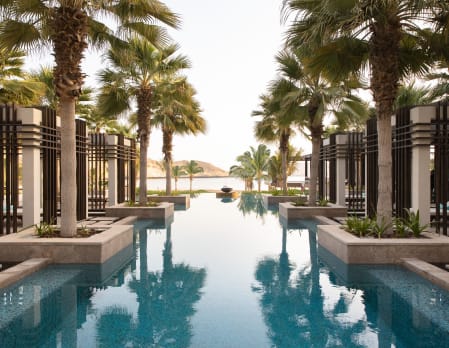
Jumeirah Muscat Bay
Muscat, Oman
A tranquil sanctuary on a glorious stretch of sandy beach, backed by the Hajar Mountains and overlooking the Gulf of Oman, head to Jumeriah Muscat Bay for upscale accommodation, spectacular scenery, superb dining, and a wide range of leisure facilities.

Shangri-La's Barr Al Jissah Resort & Spa, Sultanate of Oman
Muscat, Oman
Exclusively located on the bay at Barr Al Jissah, the Shangri-La nestles against the dramatic backdrop of the rugged interior mountains and the spectacular waters of the Gulf of Oman. The resort consists of two hotels: Al Waha and Al Bandar.
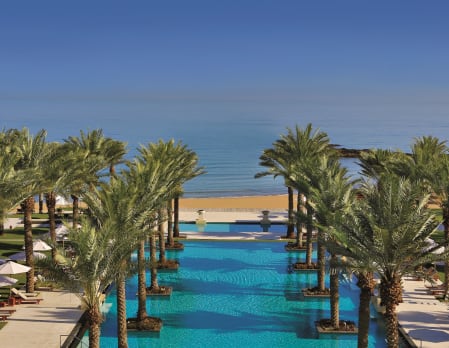
Al Bustan Palace, a Ritz-Carlton Hotel
Muscat, Oman
Al Bustan Palace is a sophisticated and luxurious 250-room hotel, which is set on a stunning stretch of coastline with a dramatic mountain backdrop. It is situated just 30 kilometres from Muscat so is well placed for exploring the city.

Exceptional Jordan and Oman
Amman, Petra, Wadi Rum, Dead Sea, Muscat & Jebel Akhdar
Explore the wonders of Arabia with this balanced itinerary, covering highlights of Jordan and Oman from the rose-red city of Petra to the sparkling gold of Muscat's Grand Mosque. This is the Middle East at its finest.
GBP £7,600 pp
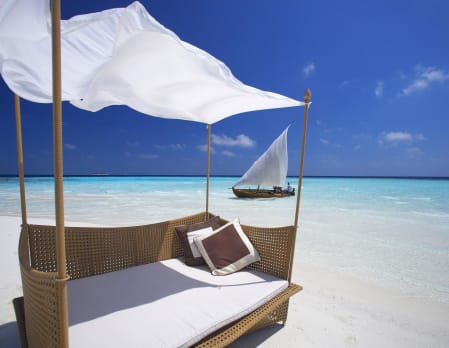
Epic Oman and the Maldives
Muscat, Wahiba Sands, Nizwa & the Maldives
Enjoy the best of both worlds on this epic holiday, combining adrenaline filled moments and cultural adventures with plenty of relaxation and stunning scenery. Explore Oman’s golden deserts and rugged mountains, dip your toes in the Arabian Sea and finish in luxurious style on the Maldives.
GBP £7,800 pp

Family Fun in Oman
Muscat, Ras al Jinz, Wahiba Sands & Al Hajar Mountains
Take the family on an exciting adventure through Oman, beginning with a few days at on the coast, taking in snorkelling and stay at a turtle conservation camp, before heading to the desert and mountains for some action and adventure with expert guides.
GBP £3,100 pp
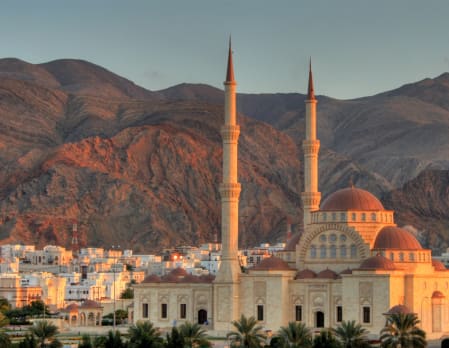
Ultimate Oman
Nizwa,Wahiba Sands, Muscat & Salalah
Dramatic and varied, this captivating trip takes in the striking Green Mountains, Muscat and the pristine coastline in Salalah. Staying in some of our favourite upscale resorts, this trip takes in Oman's epic scenery whilst staying in style.
GBP £5,500 pp
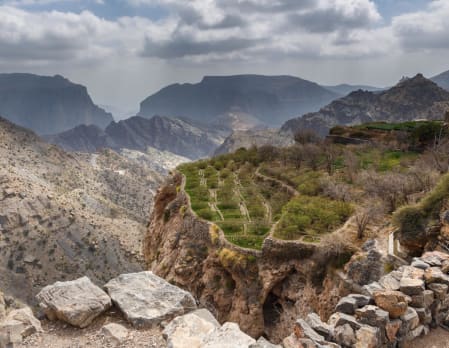
Active Oman
Muscat, Hajar Mountains & Wahiba Sands
Delve into Oman's rugged Hajar Mountains for an adventure combining sightseeing in the desert with a challenging climb up Jebel Shams, Oman’s highest mountain. With stunning views and the chance to really get off the beaten track., this is the ultimate action-packed adventure to Oman.
GBP £5,000 pp